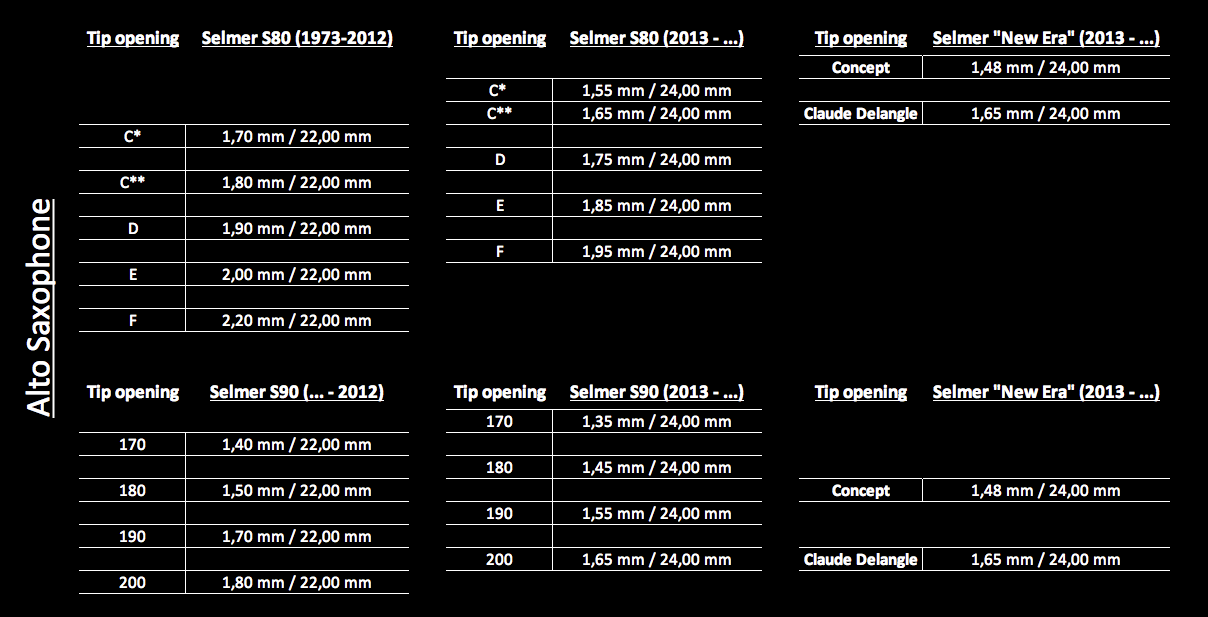Item Number S453
Round Chamber
Gold-plated metal ring and inner bore
Tip Opening: 1.65mm
https://emma-assets.s3.amazonaws.co...s.com/mlvcb/ebb08c5dd08a8f70fd396f47acee38e7/NEW_Claude_Delangle_Mouthpiece.pdf
Round Chamber
Gold-plated metal ring and inner bore
Tip Opening: 1.65mm
https://emma-assets.s3.amazonaws.co...s.com/mlvcb/ebb08c5dd08a8f70fd396f47acee38e7/NEW_Claude_Delangle_Mouthpiece.pdf





